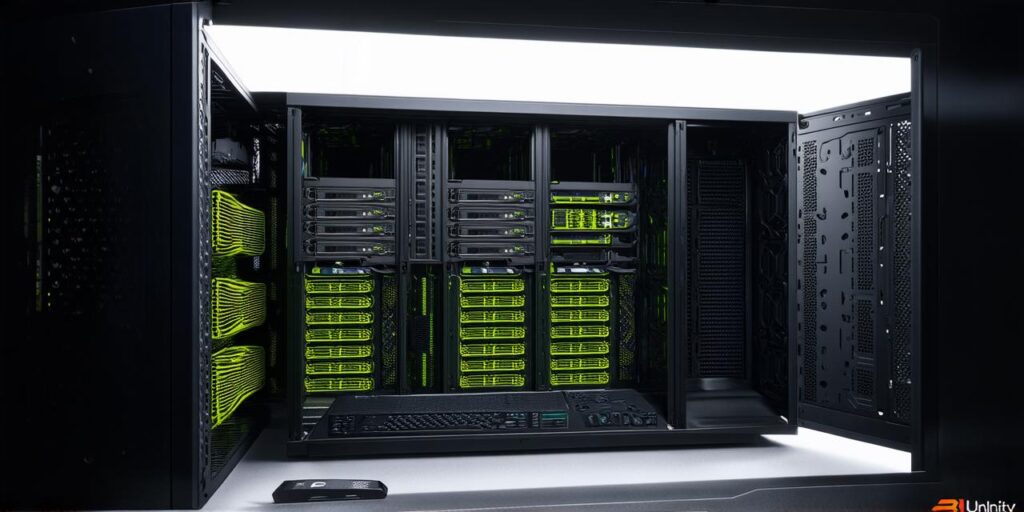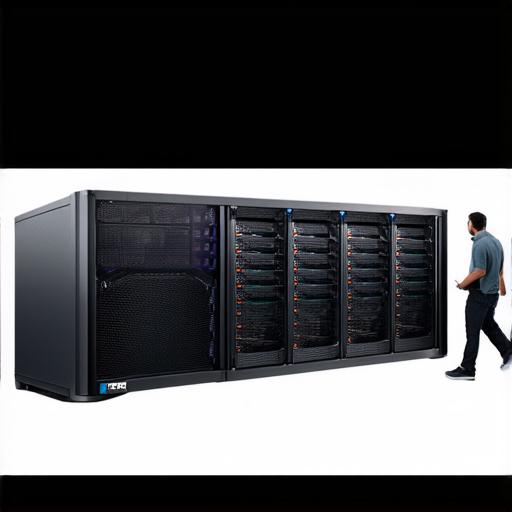

Unity’s Frontend Capabilities
Before diving into the topic of backends, it’s important to understand Unity’s frontend capabilities. The platform offers a wide range of tools for creating interactive user interfaces and handling client-side logic. These include:
- MonoBehaviours and C scripts: These are used to add interactivity and behavior to game objects in the scene. They can be used to handle player input, AI, physics, and other client-side tasks.
- Unity Asset Store: This is a marketplace for downloading and using pre-made assets, including UI elements, animations, and sound effects. These can be used to quickly build professional-looking user interfaces.
- Unity Analytics: This is a service that allows developers to collect and analyze data about player behavior in their games. It can be used to optimize gameplay, track user engagement, and improve overall game design.
Unity’s Backend Capabilities
While Unity does not come with a built-in backend system out of the box, it is possible to integrate third-party backend services into your games. Some popular options include:
- Firebase: This is a mobile and web application development platform that provides a wide range of features for building backends, including realtime database, authentication, cloud messaging, and more.
- Photon: This is a multiplayer network code solution that allows developers to build scalable and robust multiplayer games. It includes features such as matchmaking, dedicated servers, and load balancing.
- Unity Cloud Services: This is a set of services provided by Unity Technologies to help developers build cloud-based games and applications. It includes features such as realtime database, authentication, and messaging.
Building a Backend in Unity
To build a backend for your Unity game, you can use one of the above options or write your own server-side code using a language like Node.js or C. Here are some steps to get started:
- Choose a backend service: Decide which backend service you want to use based on your needs and requirements. Some popular options include Firebase, Photon, and Unity Cloud Services.
- Set up the backend: Follow the documentation provided by the backend service you choose to set it up in your game. This may involve creating an account, configuring authentication, setting up data storage, and more.
- Write server-side code: Use a language like Node.js or C to write server-side code that handles logic and data storage. You can use the backend service’s APIs to communicate with your Unity game.
- Test and debug: Test your backend thoroughly to ensure it is working as expected. Debug any issues that arise and make adjustments as necessary.
Conclusion
In conclusion, Unity does not come with a built-in backend system, but it is possible to integrate third-party backend services into your games. Whether you choose Firebase, Photon, or Unity Cloud Services, there are many tools and resources available to help you build a robust and scalable backend for your game.


